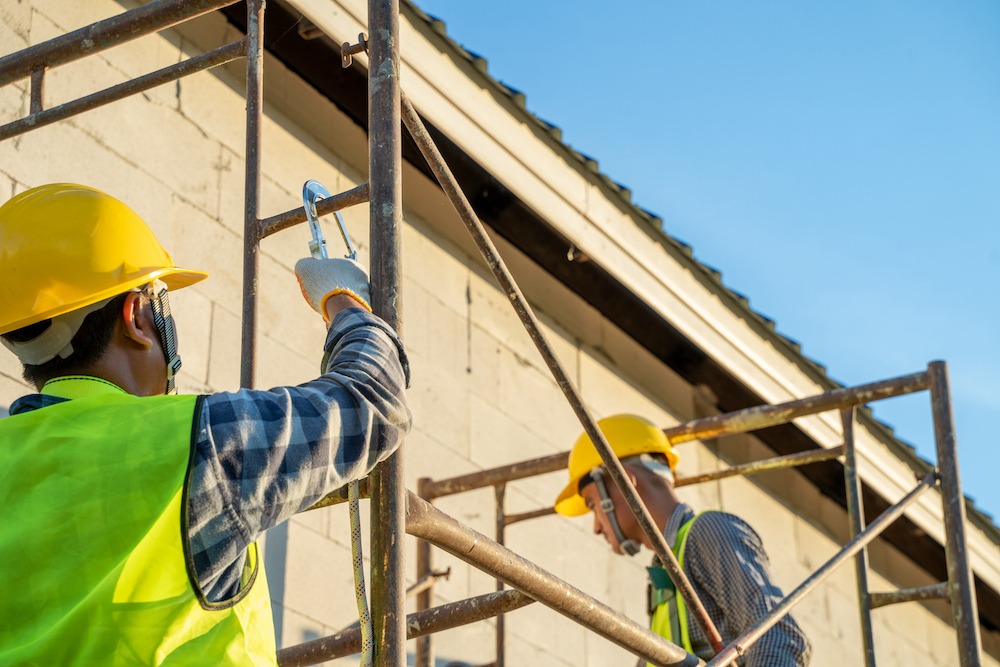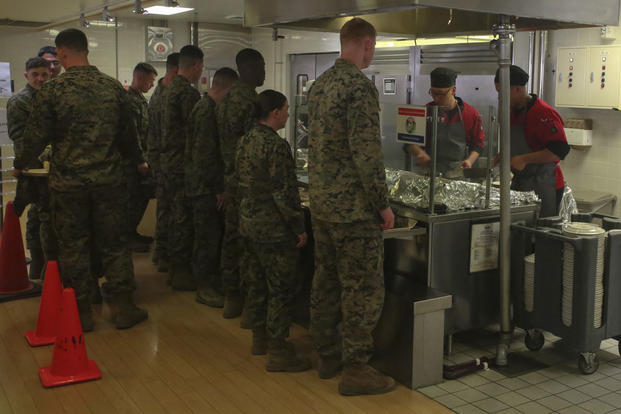Unfortunately, scaffolding accidents continue to happen. What is perhaps even more unfortunate is that the majority of these accidents could have been avoided if a number of safety tips had been implemented. These tips are vital for all types of scaffolding, including stationary, mobile and suspended. The reality is that an accident on these platforms is always just around the corner, and the results of them tend to be quite severe. After all, they involve falling from high places, which generally leads to serious injuries. This is why everybody should be fully committed to following the necessary safety standards to protect not just themselves, but also innocent passersby.
Important Safety Standards
Firstly, and most importantly, someone who is competent and of authority should manage the site scaffolding. They have to have a supervisory role that are qualified to supervise every element of the scaffolding, from erection to usage to take down. If you hire a scaffold structure, it is likely that you will be offered a service to erect the structure as well. However, they may not also hire out a professional to remain on site for the duration of your usage, which means you will need to have an expert on board yourself.
Next, it is vital that all manufacturer’s instructions are followed to the letter. Those instructions are there for a very good reason, and if they mention minute details, it is because minute details actually matter. If you aren’t sure about any of the instructions, contact the manufacturer to have the issue clarified. There is no shame in asking for help if you don’t know something.
Next, you have to make sure that if the weather becomes stormy, people get off the scaffolding immediately. It doesn’t matter whether the scaffolding is stationary or not, conditions are unsafe. Almost all scaffolding accidents happen when the weather is actually windy. It is the supervisor’s responsibility to immediately impose a ‘no go’ area and to make sure it is being adhered to.
Before using the scaffolding, a quick risk assessment should be done. If any wobbliness or leaning is identified, the scaffolding should first be fixed. This has been shown to cause a dramatic reduction in workplace accidents.
Never should the scaffolding structure be supported with loose bricks or pieces of concrete. If a foundation is required in order for the scaffolding to be safe, you must follow this recommendation. If you feel as if the scaffolding will struggle to stay in place, don’t try to fix it yourself but bring in an expert.
If the scaffolding is mobile, the wheels should be clocked as soon as the structure is in use. This will stop the structure from actually rolling away. A lot of scaffolding is made from lightweight aluminum, which means the chance of rolling is quite significant. Checking the locks, therefore, should be standard procedure before deciding to use the structure itself.
Hopefully, this information will have helped you to make your own scaffolding practices safer.





